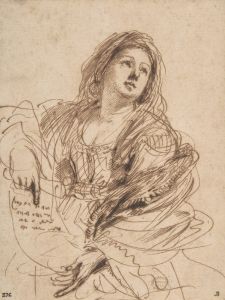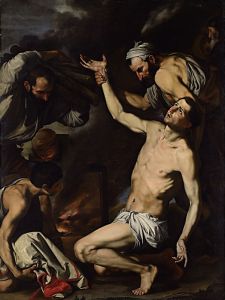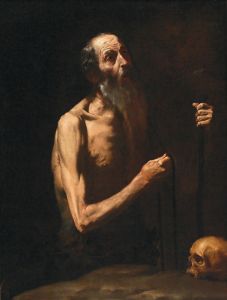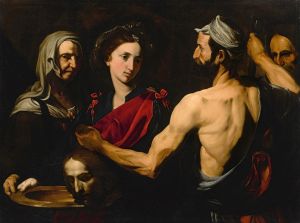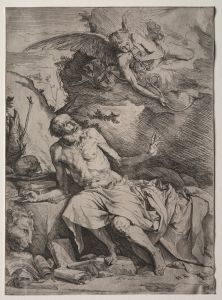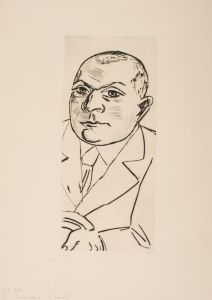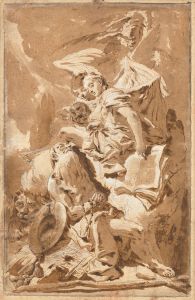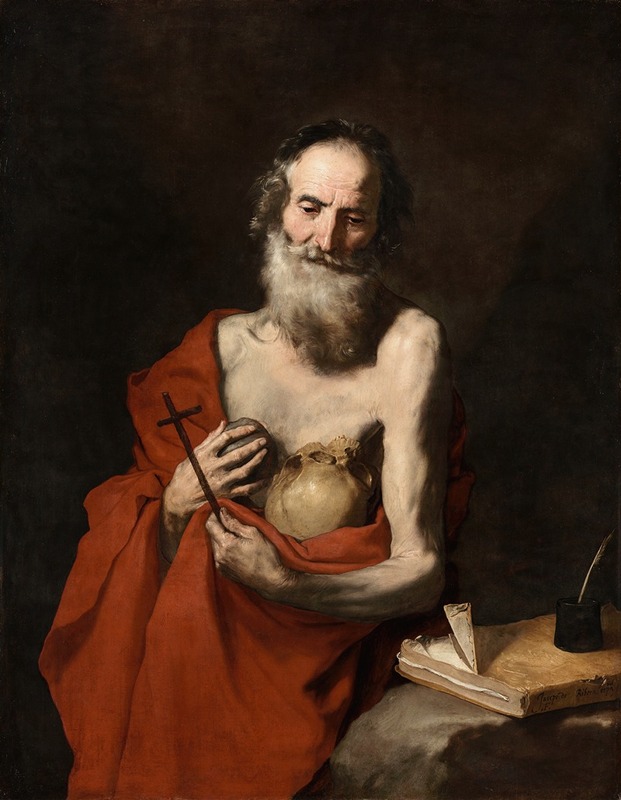
Saint Jerome
A hand-painted replica of Jusepe de Ribera’s masterpiece Saint Jerome, meticulously crafted by professional artists to capture the true essence of the original. Each piece is created with museum-quality canvas and rare mineral pigments, carefully painted by experienced artists with delicate brushstrokes and rich, layered colors to perfectly recreate the texture of the original artwork. Unlike machine-printed reproductions, this hand-painted version brings the painting to life, infused with the artist’s emotions and skill in every stroke. Whether for personal collection or home decoration, it instantly elevates the artistic atmosphere of any space.
"Saint Jerome" is a painting by the Spanish artist Jusepe de Ribera, who was active during the early 17th century. Ribera, also known as José de Ribera, was a prominent figure in the Baroque movement and is renowned for his dramatic use of chiaroscuro and realistic depictions of human figures. He spent a significant portion of his career in Italy, particularly in Naples, which was then part of the Spanish Empire. This cultural and geographical context greatly influenced his artistic style.
The painting "Saint Jerome" is one of Ribera's many works that depict religious themes, a common subject in Baroque art. Saint Jerome, a Christian scholar and translator of the Bible into Latin (the Vulgate), is a frequent subject in art due to his significant contributions to Christianity and his role as one of the Church Fathers. Artists often portrayed him in various scenes from his life, such as in study, in penance, or in the wilderness.
In Ribera's depiction, Saint Jerome is typically shown as an elderly, ascetic figure, reflecting his life of penance and scholarship. The painting captures the saint in a moment of deep contemplation or study, often with a skull, a crucifix, or a book, symbolizing his scholarly pursuits and meditative life. Ribera's mastery of chiaroscuro is evident in the way light dramatically illuminates the figure of Jerome, highlighting his expressive features and the textures of his skin and garments. This technique not only adds a three-dimensional quality to the painting but also enhances the emotional intensity of the scene.
Ribera's "Saint Jerome" is notable for its realistic portrayal of the human form and its psychological depth. The artist's attention to anatomical detail and his ability to convey the inner life of his subjects are hallmarks of his style. The painting reflects Ribera's interest in human emotion and the physicality of the human body, characteristics that align with the broader Baroque interest in drama and realism.
The work is also a testament to Ribera's skill in capturing the spiritual and intellectual essence of his subjects. Saint Jerome is depicted not just as a religious icon but as a deeply human figure, engaged in the intellectual and spiritual struggles that defined his life. This approach allows viewers to connect with the painting on a personal level, transcending the purely religious context.
Ribera's influence extended beyond his lifetime, impacting both Spanish and Italian art. His works, including "Saint Jerome," are studied for their technical brilliance and their contribution to the Baroque movement. Today, Ribera's paintings can be found in major museums and collections around the world, where they continue to be appreciated for their artistic and historical significance.
In summary, Jusepe de Ribera's "Saint Jerome" exemplifies the artist's mastery of Baroque techniques and his ability to convey complex human emotions through religious subjects. The painting remains a significant work within Ribera's oeuvre and a valuable piece of cultural heritage, reflecting the artistic and religious currents of the 17th century.





